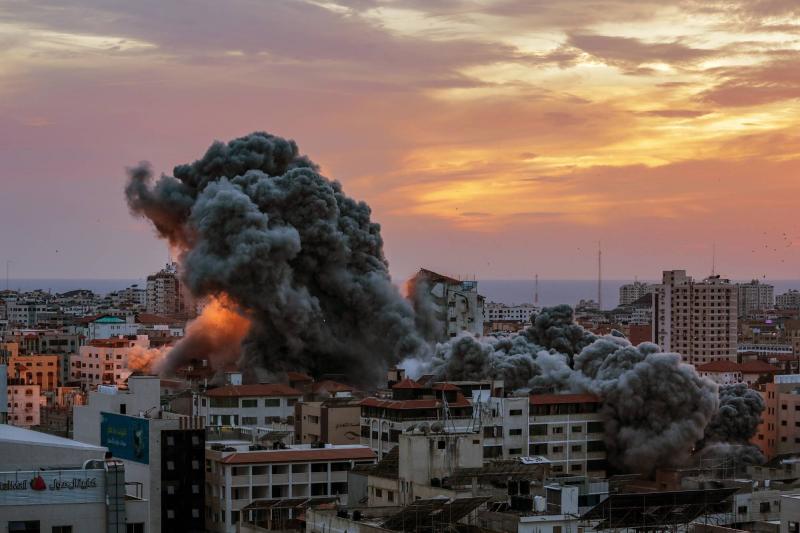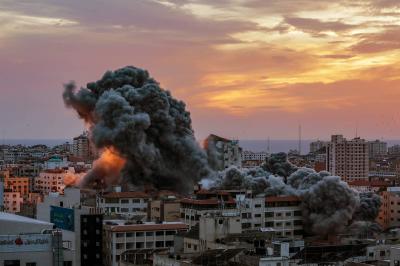It is incorrect to say that the Middle East is doomed to eternal war because the Palestinian issue is unsolvable. The Gaza war, whether limited or expanded, will inevitably end with a settlement leading to peace. Neither Israel nor Hamas will be able to refuse after being worn down. Meanwhile, Hamas's allies led by Iran will have their claws trimmed and sharp teeth removed through the settlement, whether they are nuclear, ballistic, or related to influence and occupation in the Arab world. All data and indicators confirm that the region is moving, under wide international sponsorship—not just American—towards an era of nation-states with power confined within their borders. The future belongs to models of stability and prosperity that do not intervene in the affairs of others. This includes Iran, Turkey, and Israel itself, as a limit is put on imperialist projects and plans for expansion.
The general outlines of a solution are beginning to take shape, starting with the reformation of the Palestinian legitimate authority and the Israeli political authority based on mutual moderation, following the isolation of extremist symbols on both sides and among their supporting powers. Thus, we stated weeks ago that the Gaza war is a "war of peace" despite its atrocities, tragedies, and heavy costs. All previous wars, from the "Nakba" war in 1948, the Suez Crisis in 1956, the "Setback" war in 1967, the "Crossing" or "Tishreen" war in 1973, to the wars of the "Intifadas" and previous Gaza wars, as well as the subsidiary wars along Israel’s borders, especially in Lebanon, led to partial settlements or temporary solutions between "Camp David," "Oslo," and "Wadi Araba," extending to the "July War" in 2006 and before and after it, without addressing the core of the crisis and its branches, or the sound and lasting foundations for a fair and balanced solution, whether for the Palestinian issue or the broader Arab-Israeli conflict. Once the current war concludes, regardless of its duration, what is currently circulating in the corridors of diplomatic negotiations—ideas, proposals, maps, and sizes—will come to light.




